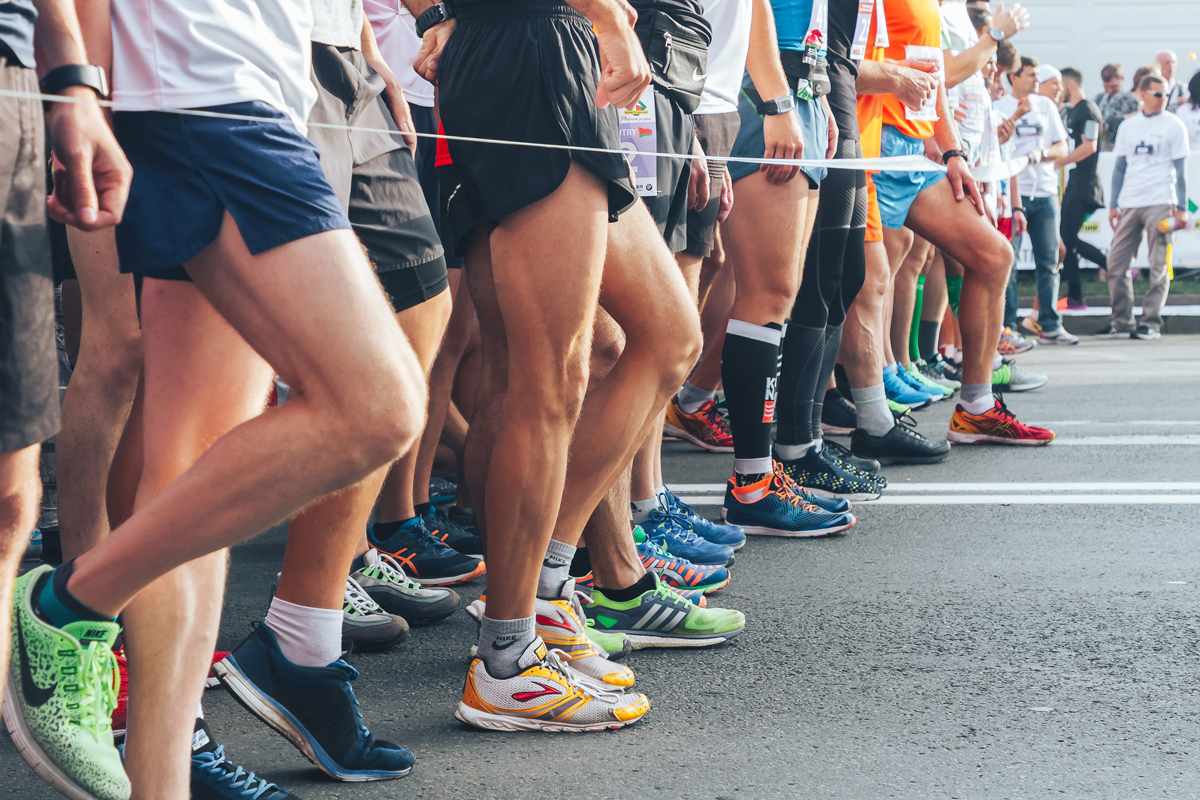Nutrition For Performance And Health
You’ve just signed up for your next race. You are eager, excited, and fully committed to the long and demanding training ahead. Now is a perfect time to think about your nutrition.
You are going to spend a lot of hours and effort training, and you want to be at your best for your race day. A proper diet will be essential to get you there.
Focusing on your daily nutrition will help you meet your energy demands for training and performance, as well as support optimal metabolic adaptations to your training, allow proper recovery, and keep you healthy.1
In this blog series, we will discuss evidence-based nutrition strategies that will help you sustain your training, enhance your metabolic flexibility, reach better performance, recover properly, stay healthy, and fuel efficiently on race day.
As you embark on this journey, though, you should be clear about your goal. What are you trying to achieve?
• Better performance?
• Enhanced body composition and fat loss?
• Healthier lifestyle and longevity?
It is difficult to maximize those three aspects altogether, and focusing on one can move you further away from the other two. Practices that can lead to performance gain are not always considered healthy, and reversely, focusing on fat loss or health can limit your ability to push for performance.
If your goal is performance, you may be tempted to follow the latest dietary, supplement, or training practices popular among elite athletes. But you should keep in mind that what works for them does not necessarily apply to recreational athletes. They have different physiology, metabolism, and probably different motivations. Elite athletes have a tremendous training load and exceptional physiology and are after the slightest gain that will give them the edge and a place on the podium. The gain can be so minimal that it becomes irrelevant for recreational athletes. Those practices can be difficult to implement properly on your own and may require guidance from a coach or a nutritionist. Furthermore, they might have no benefits for a recreational athlete at all or even be unhealthy. So before trying out the latest trend, ask yourself whether it is simple enough, whether it is safe, and if it will get you closer to your goal. In doubt, you should always seek assistance from a professional.
This blog series is geared towards helping you achieve your race goal. It will provide general guidelines based on the latest science to help you sustain your training, improve your performance, and stay healthy. But keep in mind that you are a unique individual, and what is recommended for the average population may not necessarily apply to you. The best is to experiment with what you are comfortable with, adjust to your personal needs and likings, and do what works best for you.
Another important consideration is that while the nutrition strategies we will discuss here can help you support your training and achieve better performance, you should keep in mind that, when it comes to nutrition, eating a good, clean diet full of nutrient-rich, unprocessed foods should always be your first priority.2
We will start our first article with an overview of what your ideal diet should look like to keep you energized and healthy during your training days. So let’s get started!
References
- Kerksick CM, Wilborn CD, Roberts MD, et al. ISSN exercise & sports nutrition review update: research & recommendations. Journal of the International Society of Sports Nutrition. 2018;15(1).
- Bytomski JR. Fueling for Performance. Sports Health. 2018;10(1):47-53.







